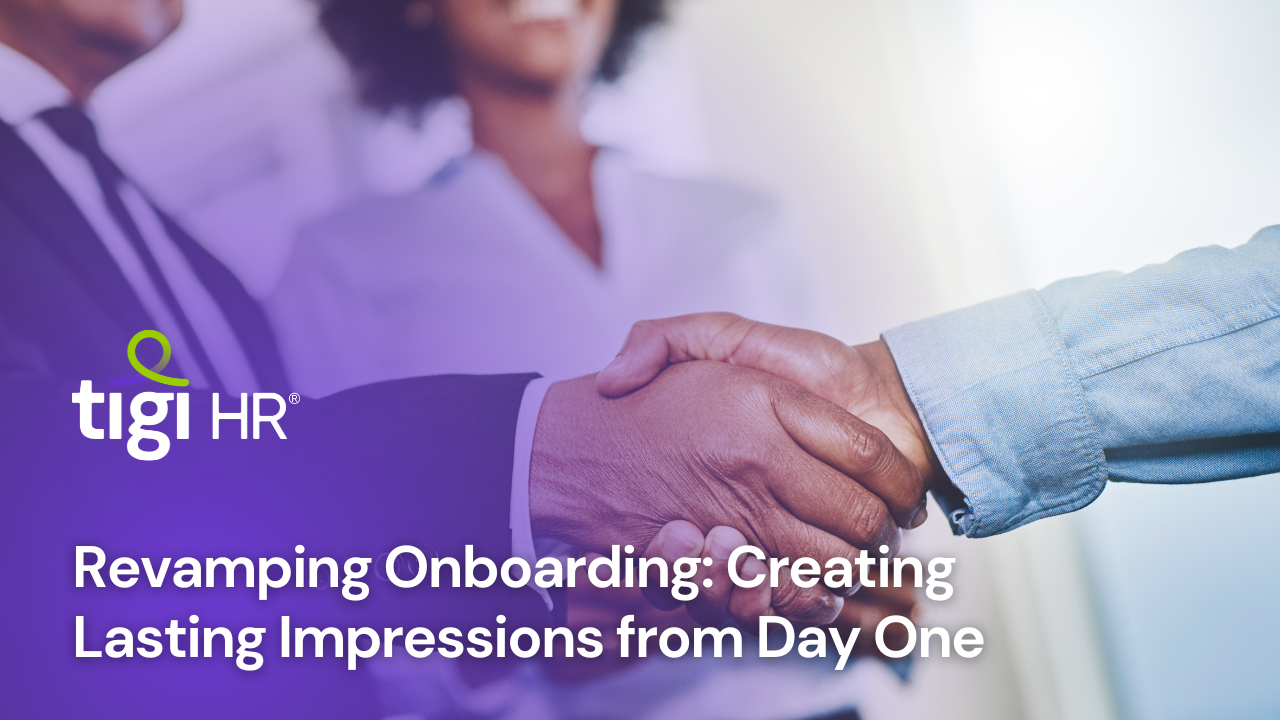The process of memorable onboarding new employees is no longer a mere administrative task; it’s a pivotal opportunity to set the tone for an employee’s journey within an organization. In today’s competitive job market, creating a positive and meaningful onboarding experience has become essential for talent retention and engagement. This article delves into the significance of revamping onboarding, providing insights into strategies that create lasting impressions from day one. Supported by authentic statistics and insights, we explore how an effective onboarding process can shape the trajectory of an employee’s tenure.
The Power of Memorable Onboarding: A New Paradigm
Gone are the days when onboarding was limited to paperwork and introductions to colleagues. Modern onboarding is a strategic process aimed at integrating new hires into an organization’s culture, values, and operations. According to a survey by Glassdoor, organizations with a strong onboarding process improve new hire retention by 82%. This underscores the potential of onboarding to not only welcome employees but to cultivate their long-term commitment.
The Components of a Memorable Onboarding Experience
- Preparation is Key: Begin onboarding before the new hire’s first day. Send them a welcome package, including information about the company culture, values, and a detailed schedule for their first week.
- Personalized Welcome: Greet new employees with a warm welcome from key team members and managers. This personal touch helps them feel valued and appreciated from the start.
- Structured Training: Provide a well-defined training plan that covers not only job-specific tasks but also broader organizational goals and processes.
- Cultural Immersion: Help new hires understand the company’s culture, mission, and values. This can be through workshops, interactive sessions, and exposure to real-life examples.
- Mentorship and Buddy System: Pair new employees with mentors or buddies who can guide them through their initial days, answer questions, and provide insights.
- Feedback Channels: Set up channels for regular feedback and open communication. This shows that the organization values employees’ opinions and growth.
- Digital Onboarding Tools: Utilize technology to streamline paperwork and administrative tasks, allowing more time for meaningful interactions.
Authentic Statistics and Insights
- First Impressions Matter: A study by the Society for Human Resource Management (SHRM) found that a structured onboarding process improves new hire retention by 50%. This highlights the impact of a well-designed onboarding experience.
- Talent Retention and Onboarding: Gallup reported that only 12% of employees strongly agree that their organization does a great job onboarding new employees. This gap signifies an opportunity for organizations to improve their onboarding efforts.
- Engagement Through Onboarding: According to a report by BambooHR, employees who go through a structured onboarding program are 58% more likely to remain with the organization after three years. This indicates the correlation between effective onboarding and long-term engagement.
- ROI of Onboarding: Aberdeen Group’s research revealed that organizations with a strong onboarding process improve new hire time-to-productivity by 62% and have 54% greater new hire engagement. This showcases the return on investment that robust onboarding can yield.
Conclusion
Onboarding has evolved into a pivotal opportunity for organizations to create lasting impressions and nurture employee engagement from the very beginning. By focusing on a comprehensive approach that integrates culture, training, mentorship, and feedback, organizations can pave the way for long-term employee satisfaction and retention. The authentic statistics and insights presented here underscore the significance of revamping onboarding as a strategic initiative. As companies recognize the importance of a well-structured onboarding process, they are poised to shape a workforce that is not only productive but also deeply committed.





